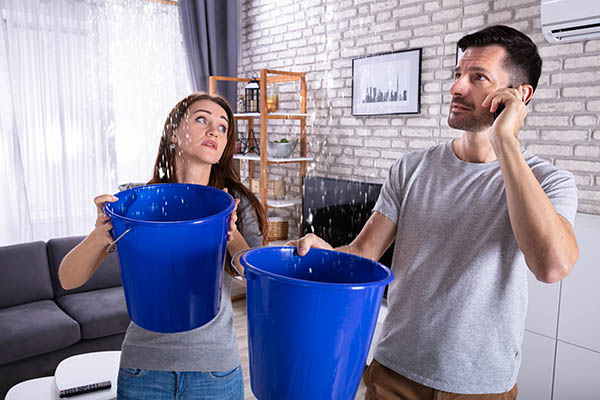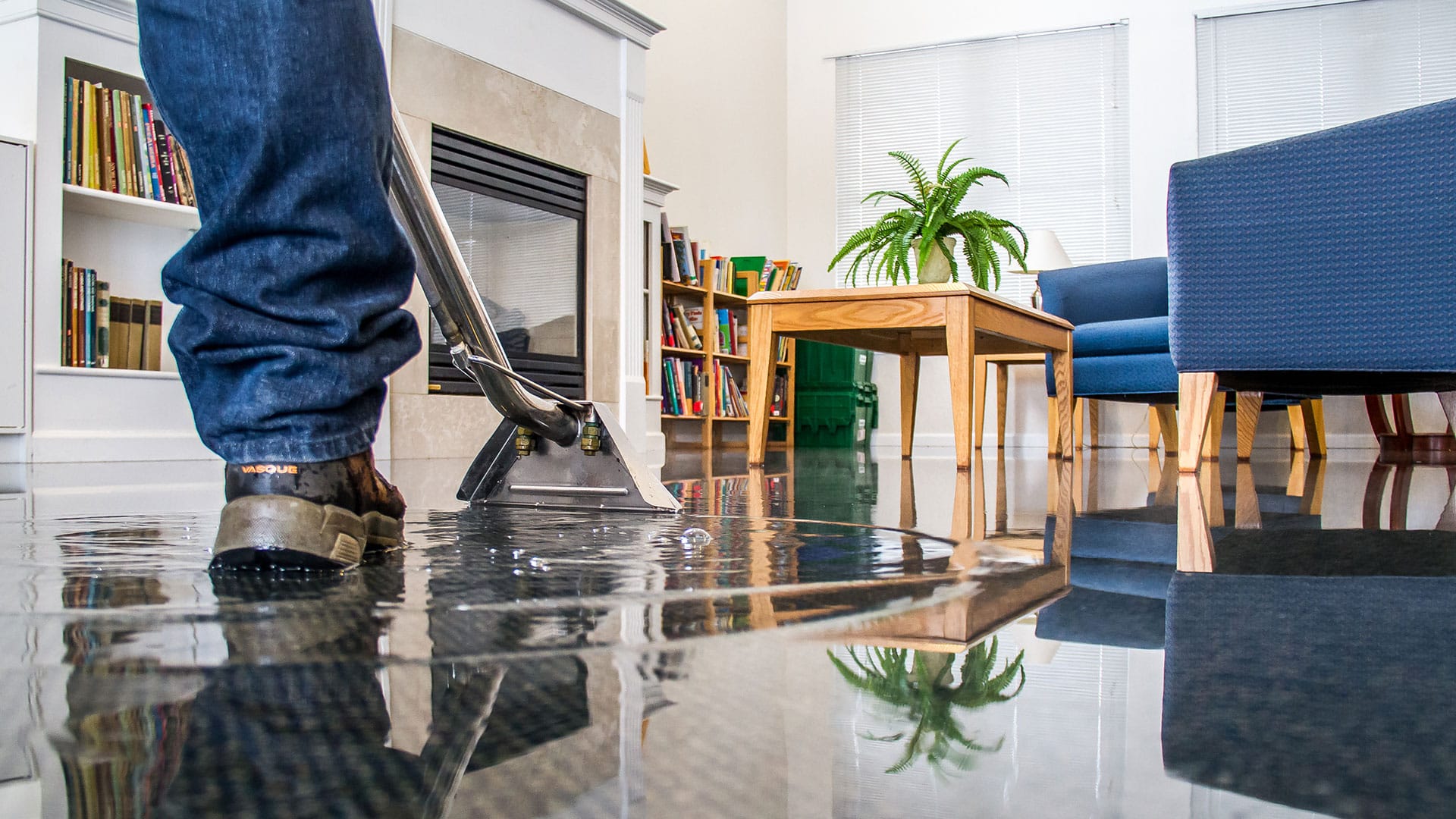Leading Tips for Effective Water Damage Restoration: Protect Your Home Today
Water damage can strike all of a sudden, causing substantial disturbance and prospective dangers. Efficient restoration needs a systematic approach to lessen additional injury. From evaluating the damage to implementing safety nets, each step plays a vital duty in securing building. Comprehending these techniques can make all the distinction in the after-effects of a water-related crisis. What important actions should be focused on to guarantee complete protection?
Analyze the Damage Quickly
When a water damage event happens, it is crucial to evaluate the damage quickly to alleviate further issues. This initial assessment aids determine the degree of the damage and identifies influenced locations. Water can seep right into wall surfaces, floors, and furnishings, resulting in mold and mildew growth and architectural instability if not dealt with without delay. A detailed inspection ought to include looking for staining, moisture, and stuffy odors, which suggest dampness existence. It is likewise crucial to document the damage with photos and notes for insurance functions. Involving specialists for an extra comprehensive analysis might be essential, specifically when dealing with substantial or surprise damage. Flood Cleanup Services. Early recognition and accurate evaluation lay the structure for effective restoration and safeguard the property from additional issues
Shut down the Water Supply
Shutting down the water supply is a crucial action in preventing additional damage throughout a water-related case. When a leakage or flood takes place, immediate action is crucial to lessen the degree of the damage. Locating the main water shut-off valve need to be a concern. This valve is usually located near the water meter or where the water line goes into the residential property. Once situated, turning the shutoff clockwise will quit the circulation of water. In instances where the major shutoff is unattainable, specific shut-off shutoffs for home appliances may also be used. Immediately shutting off the supply of water not only secures the property from added damage but additionally promotes the succeeding restoration process, making certain that healing initiatives can begin immediately.
Get Rid Of Excess Water Without Delay

Getting rid of excess water quickly is crucial for reducing damage and stopping mold and mildew growth in influenced areas. The longer water stays in call with materials such as drywall, wood, and insulation, the greater the threat of architectural damage and the advancement of mold and mildew. Water Damage Restoration. Home owners ought to act promptly to evaluate the scenario and use ideal devices, such as wet vacuum cleaners or pumps, to draw out standing water successfully. If the quantity of water is significant, contacting professional restoration services may be necessary, as they can offer specialized devices and proficiency. Furthermore, getting rid of furniture and possessions from the damaged area can assist to decrease damage and assist in the total restoration procedure. Prompt action not only shields residential property yet likewise aids in a smoother recovery journey
Dry Out the Affected Area
After getting rid of excess water, it is vital to dry out the afflicted location thoroughly. This entails removing any type of standing water and improving air circulation to help with evaporation. Effective drying will certainly assist protect against mold and mildew development and further damage.

Remove Standing Water
Quickly addressing standing water is essential for efficient water damage restoration. The visibility of stationary water can bring about more home damage and develop an environment favorable to mold and mildew growth. To mitigate these risks, it is vital to eliminate standing water as swiftly as feasible. This procedure generally involves using completely submersible pumps, wet vacuum cleaners, or specialized removal devices. Specialists suggest reviewing the deepness and degree of the water before picking the proper approach for removal. Safety precautions need to also be taken, including wearing safety gear and making sure electricity is switched off in impacted areas. Once the standing water is effectively gotten rid of, the drying out process can begin, better guarding the property from recurring damage.
Boost Air Blood Circulation
Boosting air flow is vital for successfully drying out locations impacted by water damage. This procedure assists to quicken evaporation, reducing the risk of mold and mold development. Professionals usually advise utilizing fans to create a consistent airflow throughout the area. Placing box followers in windows can reel in fresh air, while high-velocity followers can direct airflow in the direction of wet surfaces. Flood Cleanup Services. Additionally, opening windows and doors enables cross-ventilation, improving the drying out process. Dehumidifiers can likewise be utilized to get rid of excess moisture from the air, more aiding in drying. By making sure that air circulates freely, property proprietors can substantially lessen the long-term impacts of water damage and shield the honesty of their structure
Evaluate for Mold Development
Mold development is a severe issue following water damage, as it can bring about health and wellness concerns and structural degeneration. After any type of flooding or leaks, it is crucial to carry out a comprehensive evaluation of the affected locations. This consists of checking surprise rooms such as behind walls, under carpetings, and in attics or basements where moisture may linger. Indications of mold consist of a mildewy smell, discoloration on surface areas, or visible growth. Homeowner should my site make use of safety gear when examining, as mold spores can posture health and wellness risks. If mold and mildew is identified, it is crucial to address it quickly, as postponing remediation can worsen the problem and boost the risk of serious health issues for owners. Early intervention is vital to effective mold administration.

Fixing and Restore Broken Frameworks
When dealing with water damage, it is important to initial assess the structural integrity of the influenced locations. This analysis helps determine prospective threats and educates the needed repair approaches. Engaging specialist restoration services ensures that the restoration process is carried out safely and efficiently.
Assess Structural Stability First
Prior to starting any water damage restoration, it is necessary to examine the architectural stability of the affected location. This assessment helps identify any kind of jeopardized elements, such as foundations, light beams, or walls, which may present security risks - Water Damage Restoration. Inspecting for indicators of bending, splitting, or mold growth is vital, as these indications can disclose underlying damage that requires instant interest. Additionally, understanding the level of the damage can assist restoration initiatives and identify whether repairs are feasible or if substitute is essential. It is very important to record searchings for extensively, as this information can be beneficial for insurance coverage claims or future reference. Focusing on architectural analysis warranties that restoration efforts continue securely and successfully, inevitably securing the property and its passengers
Use Specialist Restoration Services
Using specialist restoration solutions is essential for effectively repairing and bring back broken structures after water cases. These specialists possess the essential training, devices, and experience to assess and reduce water damage thoroughly. They can recognize surprise issues, such as mold and mildew growth and structural weaknesses, that may not be immediately noticeable. Expert services additionally use advanced drying out techniques and equipment, making sure that all dampness is eliminated to protect against more damage. Furthermore, they stick to sector requirements and laws, making sure that the restoration process is reliable and secure. By engaging restoration specialists, homeowner can expedite healing, lessen lasting damage, and ultimately protect their financial investment. This aggressive technique is vital in preserving the honesty and safety and security of damaged frameworks.
Prevent Future Water Damage
To successfully stop future water damage, house owners need to take on a proactive technique to maintenance and repair services. Regular evaluation of downspouts, rain gutters, and roofings is important; clogged rain gutters can bring about water overflow and roof leakages. Additionally, checking for leaks in plumbing components and home appliances can obstruct prospective damage. Home owners need to also take into consideration setting up sump pumps in basements or low-lying locations to take care of water buildup. Sealing fractures in structures and ensuring proper drain around the residential or commercial property are crucial actions in guarding against water breach. Maintaining humidity levels with dehumidifiers can protect against mold and mildew growth. By applying these preventive procedures, house owners can substantially reduce the threat of water damage and shield their building for the long term.
When a water damage event occurs, it is important to assess the damage instantly to mitigate additional problems (Water Damage Restoration). Removing excess water without delay is important for lessening damage and avoiding mold development in impacted areas. Promptly dealing with standing water is important for efficient water damage restoration. The visibility of stagnant water can lead to more home damage and develop an atmosphere conducive to mold and mildew growth. Prior to initiating any kind of water damage restoration, it is essential to examine the structural integrity of the afflicted area